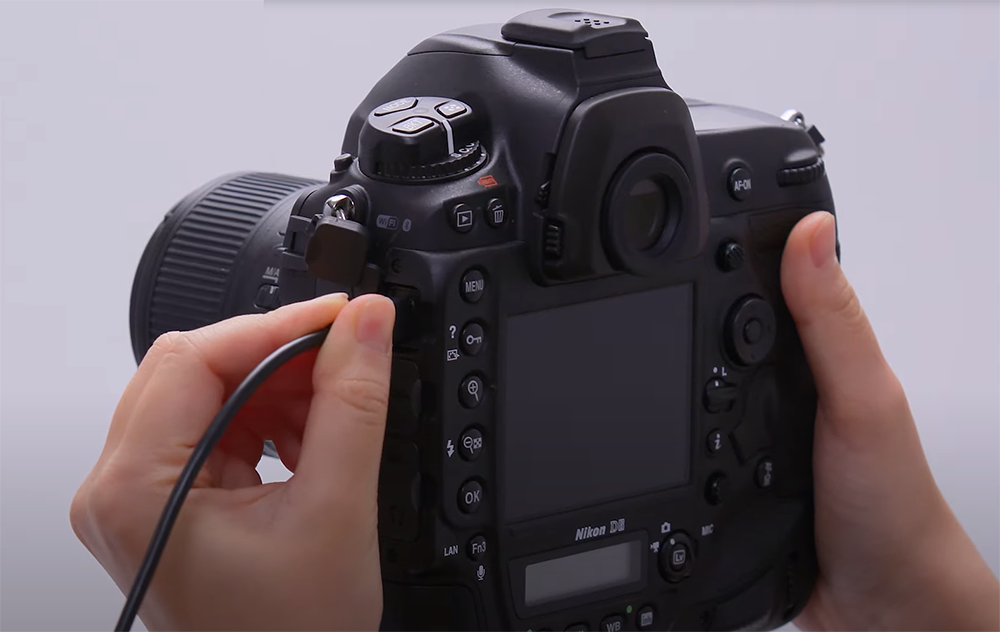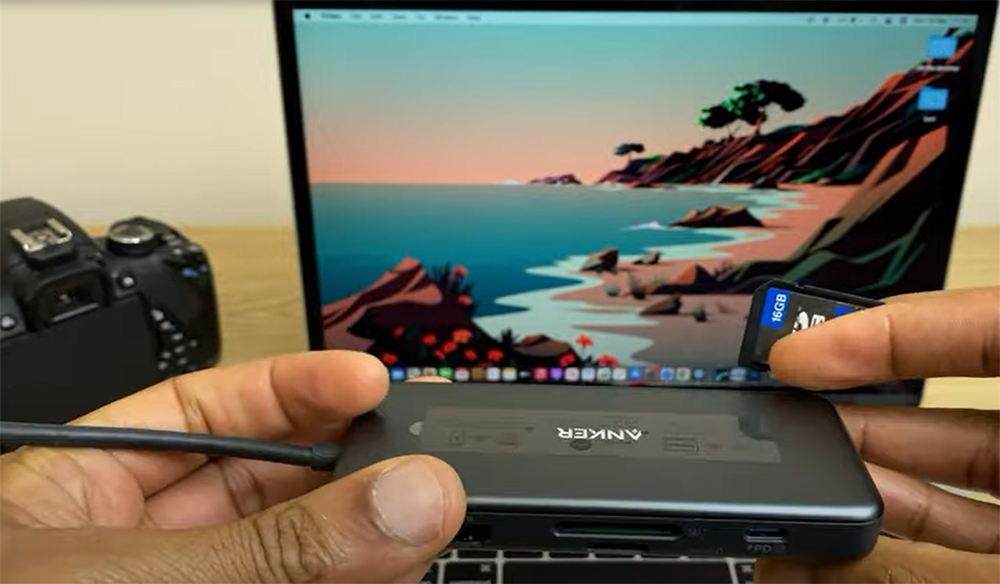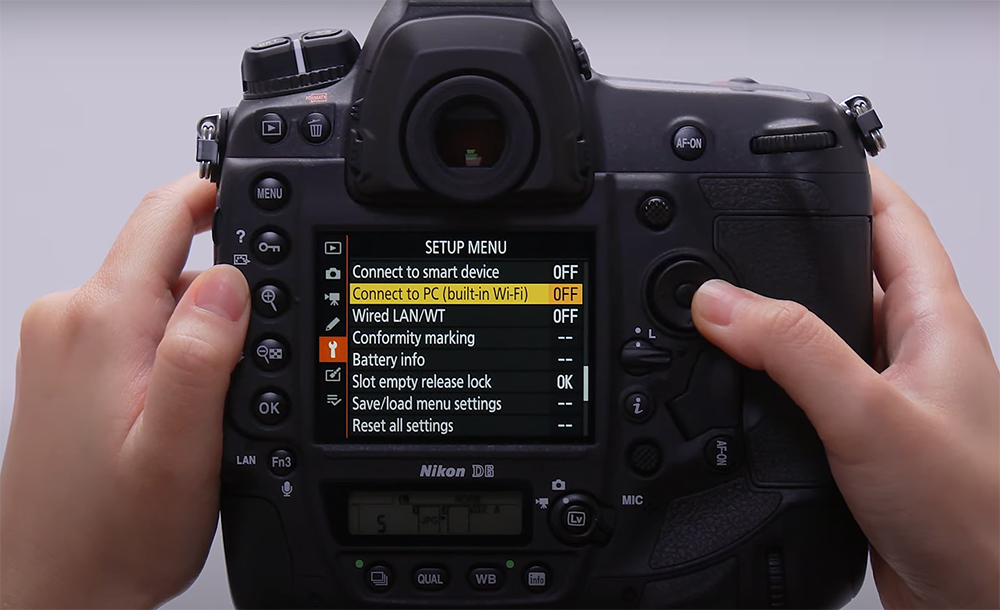Are you looking for an easy way to import photos from your camera to your Mac? If so, you’re in luck! In this article, we will walk you through the process step-by-step. We will answer some common questions and provide helpful tips along the way. So, whether you are a beginner or an experienced photographer, this guide is for you!
Why would you need to import photos from camera to Mac
There are a few reasons you might need to import photos from a camera to a Mac. Maybe you’re a professional photographer and need to edit your photos on a larger screen. Or, maybe you want to free up space on your camera’s memory card. Regardless of the reason, it’s easy to do!
We will discuss how to do this using both a USB cable and memory card reader. Assuming you have a Mac and a digital camera, the process for importing photos is pretty straightforward.
How to Import Photos from Camera to Mac Using an USB Cable
Connect a device to your computer
The first step is to connect your camera to your computer using a USB cable. If you have a point-and-shoot camera, it will likely use a micro USB cable. DSLRs usually use a mini USB cable. Once your camera is connected, it will show up as a drive on your Mac. It’s best to use the USB cable that came with your camera. If you’re not sure which type of USB cable to use, check your camera’s manual or contact the manufacturer.

Make sure the device is turned on
After connecting the USB cable, you’ll need to turn on your camera. If your camera has a battery, make sure it’s charged. Once your camera is turned on, it should appear as a drive on your Mac. If it doesn’t, try restarting both your computer and camera. You can now import photos from your camera to your Mac!
Select the “connect” mode on your camera
The next step is to select the “connect” mode on your camera. This is usually denoted by a symbol that looks like a rectangle with an arrow pointing into it. Once you’ve selected the connect mode, your computer should recognize the camera as a drive. If it doesn’t, try restarting both your computer and camera.
Open “Photos” folder and choose the device
Once your computer recognizes the camera as a drive, find the “Photos” folder. Click on it to open up the contents of the drive. You should see all of the photos and videos stored on your camera’s memory card.
If you don’t see your camera listed as a drive, try restarting both your computer and camera.
Click on the drive that represents your camera to select it. You can now import photos from your camera to your Mac!
Select where you want to import the photos
The next step is to select where you want to import the photos. You actually have a few different options here. You can choose to import them into the “Photos” library, pre-existing folder or you can create a new folder. If you’re not sure where to store the photos, we recommend creating a new folder. This will help keep your photos organized.
You can now view all of the photos that you’ve imported from your camera on your Mac! If you need to free up space on your camera’s memory card, simply delete the files from your camera. You can use both file explorer and camera’s own menu for that.
Disconnect the device when done
After the import is complete, you can disconnect your camera from your computer. That’s it, you’re done! You’ve successfully imported photos from your camera to your Mac using a USB cable. [1]
How to Import Photos From Camera to Mac Using Card Reader
You can also import photos using a memory card reader. This is a handy option if your camera doesn’t have a USB port or if you want to save time by importing directly from the memory card.
However, to make this method work, you’ll need a Mac with a memory card reader slot. If you’re not sure if your Mac has one, check the ports on the back or sides of your computer.
You can also purchase an external memory card reader that plugs into your computer’s USB port. These are relatively inexpensive and can be found at most electronics stores.
Insert the SD card into a reader
To start, insert the SD card into the memory card reader. If you’re using an external reader, plug it into your computer. Once the card is inserted, your computer should recognize it as a drive.

Open Photos folder and select the items you want to import
Now that your SD card is inserted and mounted, it’s time to open the Photos app. Click the “Photos” icon in your Mac’s Dock. If you don’t see it, click the Finder icon and then select “Photos” from the left sidebar. Once Photos is open, select the photos you want to import.
Choose the import option
With your photos selected, click the “Import Selected” button in the upper-right corner of the Photos app. This will open the import window, where you can choose how to import your photos.
“Import all new photos” will import all of the photos on your SD card that haven’t been imported before.
“Import a selection of photos” will allow you to hand-pick which photos you want to import. This is useful if there are some bad or duplicate shots that you want to leave behind.
Once you’ve selected an import option, click the “Review for Import” button.
On the next screen, you can choose where to save your imported photos. By default, they’ll be saved in the Photos app, but as you know by now, you can also choose to save them to a different location on your hard drive.
Eject the SD card
Once your photos are safely imported, it’s time to eject the SD card. To do this, click the “Eject” button next to the drive’s name in Finder. You can now remove the SD card from your computer.
Keep in mind that some SD cards may not be compatible with Photos. If you’re having trouble importing your photos, try using a different SD card. [2]
FAQ
How do I download pictures from my Canon camera to my Mac?
With a Canon camera, it’s the same as with any other camera. One way is, as you may already know, to simply connect your camera to your Mac using a USB cable. Another way to download pictures from your Canon camera to your Mac is by using a memory card reader. Memory card readers are relatively inexpensive and can be found at most electronics stores.
Why won’t my photos be imported to my Mac?
There can be a number of reasons why your photos might not be imported to your Mac. One possibility is that the file format of your photos is not compatible with macOS. Another possibility is that the connection between your camera and computer isn’t working properly.
How do I connect my camera to my Mac?
The first step is to connect your camera to your Mac using the proper cables. If you’re not sure what type of cable you need, consult your camera’s manual or the manufacturer’s website. Once the cable is properly connected, your camera should appear as a drive on your computer.
Useful Video: How to import pictures from a DSLR camera to mac
Final words
There you have it! Those are two quick and easy ways to import photos from your camera to your Mac. The simplest method is to use an USB cable, but you can also use your Macbook’s SD card reader. With either method, you’ll be able to view, edit, and share your photos with ease. This guide should help clear up any confusion about importing photos from camera to Mac. By following these simple steps, anyone can do it! If you have any additional questions, feel free to leave a comment below. Now go out and take some great photos!
References:
- https://support.apple.com/en-gb/guide/photos/pht6c803201/mac
- https://support.apple.com/en-us/HT202037













Leave a Reply